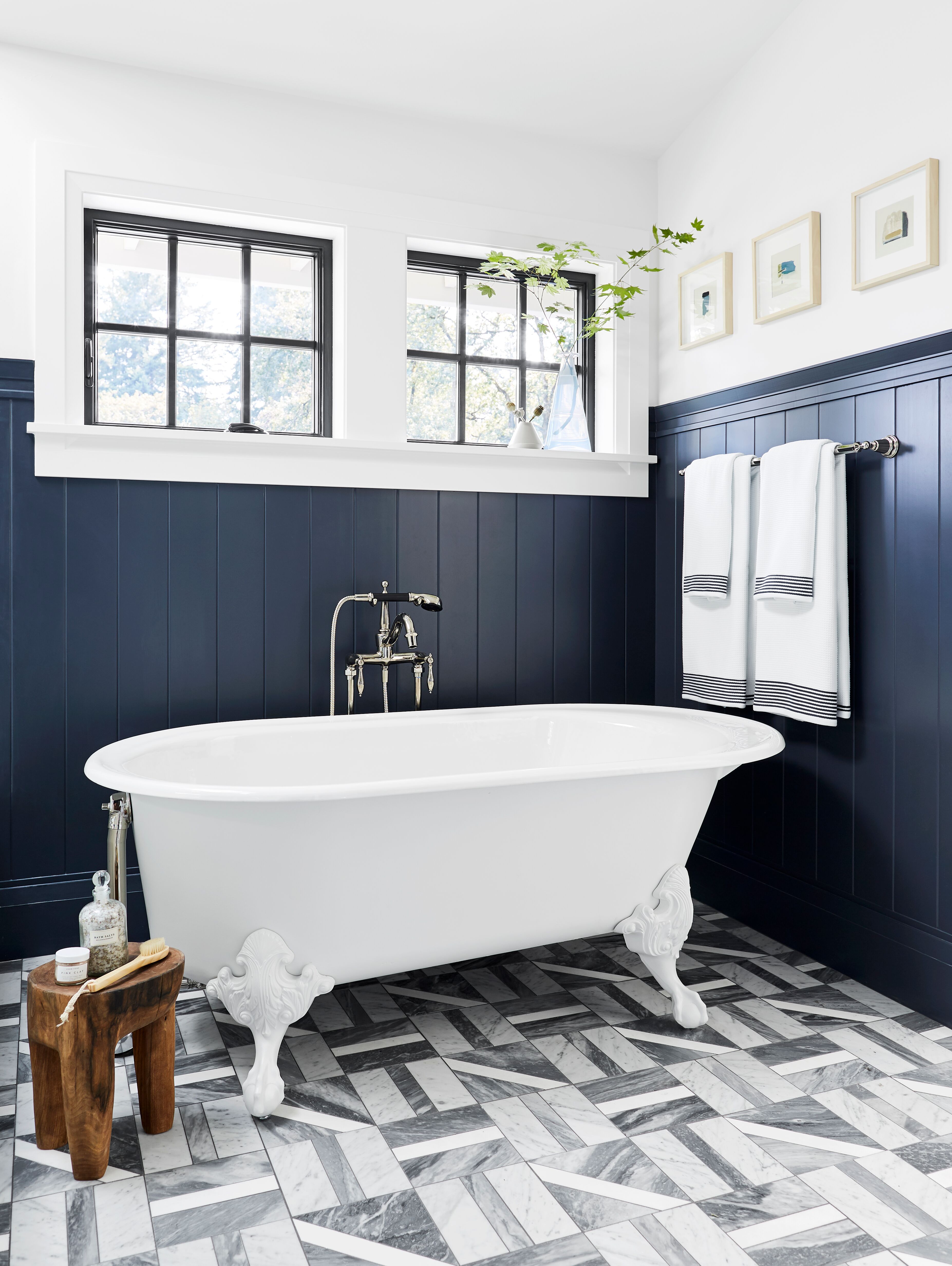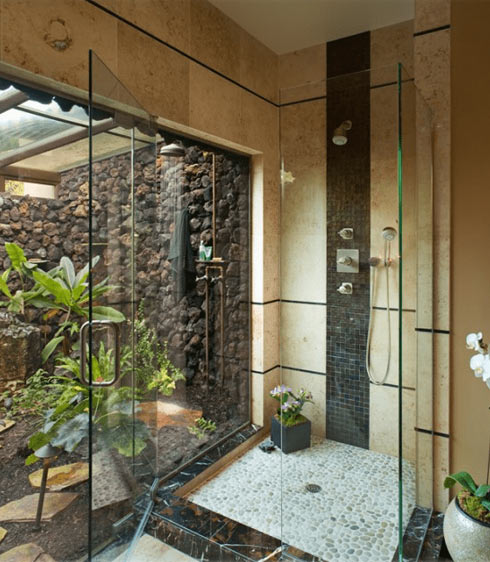In order to accentuate the appearance, modern accessories & fixtures have to be added to give a uniformity of style to your bathroom. With this being said, the sub floors will simply store carpet or linoleum for about ten years based on the water absorption elements.
Images about Unique Bathroom Tile Ideas

They are also simple to wash, and changing cracked tiles doesn't require effort and time very much from you. Using a patterned bathroom tile over the countertops of a vanity may be useful and beautiful. This might be avoided simply by ensuring that the area has been washed of the dirty wash water.
Creative Bathroom Tile Design Ideas – Tiles for Floor, Showers and

Tiles that are hard to really clean can give the bathroom of yours an immensely unpleasant appearance. This means that you are able to make use of these tiles to creatively structure the bathroom of yours into your own personal choice and design by suiting these tiles in the kind of symbol, letters, pictures and words.
Unique Bathroom Tile Ideas for Your Next Project

Ceramic bathroom floor tile is often utilized due to the durability of its, resistance to dampness, its safety to walk on when wet and the ease of its of cleaning. Beige or white tiles generate the sensation of spaciousness. Mosaic tiles are extremely popular among individuals as decorative tiles. As you have laid down the tiles at step two, start putting in certain spacers.
55 Bathroom Tile Ideas – Bath Tile Backsplash and Floor Designs

Contemporary u0026 Modern Bathroom Tile Ideas

50 Cool And Eye-Catchy Bathroom Shower Tile Ideas – DigsDigs

40 Free Shower Tile Ideas (Tips For Choosing Tile) Why Tile

37 Best Bathroom Tile Ideas – Beautiful Floor and Wall Tile

20 Popular Bathroom Tile Ideas – Bathroom Wall and Floor Tiles

6 Creative Bathroom Tile Ideas

Bathroom Tile Ideas – Tile Flooring, Backsplash u0026 Shower Designs

32 Beautiful Bathroom Tile Design Ideas
/gorgeous-bathroom-tiles-1822618-hero-499f00e1edee40909d747a1f064a3156.jpg)
Bathroom Tile Ideas

55 Bathroom Tile Ideas – Bath Tile Backsplash and Floor Designs

Related Posts:
- Japanese Bathroom Tile
- Blue Bathroom Tile Design Ideas
- Teal Bathroom Tile Ideas
- Bathroom Tile Stain Removal
- Bathroom Tile Grout Filler
- How To Get Bathroom Tile Grout White
- Bathroom Tile Ideas Blue And White
- Bathroom Tile No Grout
- Black Mold In Bathroom Tile Grout
- Bathroom Tile Direction